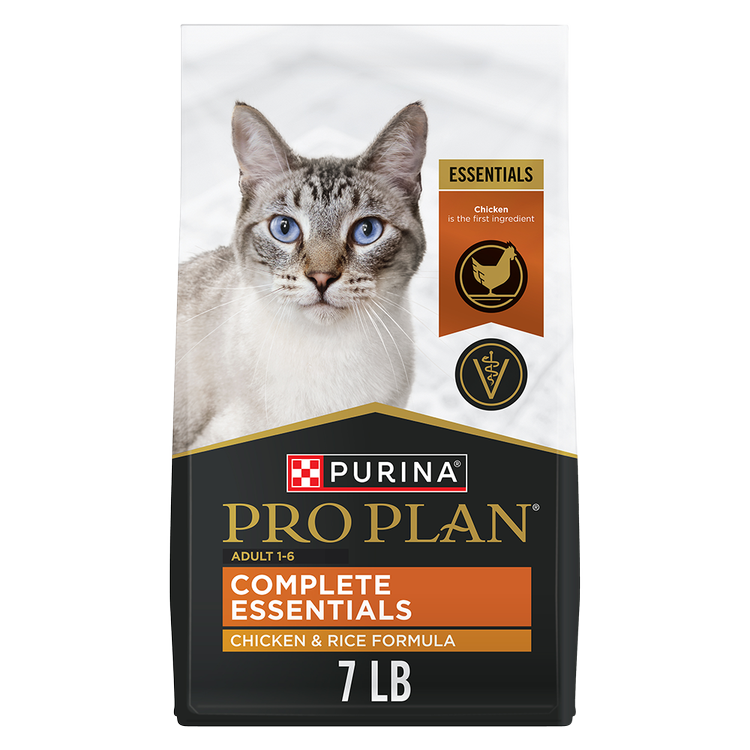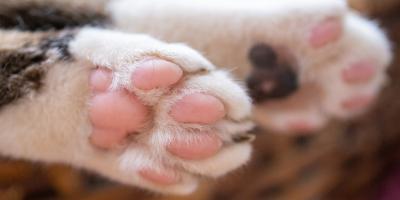Glaucoma in Cats: Causes, Signs & Treatment


The first signs of glaucoma in cats can be worrying for owners. After all, this is a condition that results in a build-up of pressure in the eye, causing pain and eventually leading to blindness. Despite this, many furry companions with this diagnosis go on to live happy, long lives.
Here is what you need to know about the initial stages of cat glaucoma, the signs to look out for, and how it can be best treated. Read on to find out more about feline glaucoma.
What is Glaucoma in Cats?
Glaucoma in cats (feline glaucoma) is a condition where the fluid in the eye, known as aqueous humor, builds up and is unable to drain as usual. If this happens, it can lead to increased pressure within the eye (intraocular pressure), ultimately putting pressure on, and damaging the optic nerve.
Is Glaucoma in Cats Common?
Glaucoma in cats is not very common. Some cat breeds , like the Burmese and Siamese, are more prone to it, but it’s still relatively uncommon, especially in comparison to glaucoma in dogs. It is also more common in middle-aged and older cats.
What Causes Glaucoma in Cats?
Depending on the type of glaucoma affecting your cat, there are a few different causes that may lead to this condition.
Primary Glaucoma
Primary glaucoma in cats is relatively rare. It is an inherited condition and some breeds like Siamese, Burmese and Persian are more prone to primary glaucoma than others. It usually develops in one eye at first, but in almost all cases, both eyes will be affected eventually.
Secondary Glaucoma
Secondary glaucoma in cats is more common than primary glaucoma in cats. It occurs secondary to an underlying disease that prevents the normal drainage of fluid in the eye. Some diseases that can cause glaucoma are:
- Uveitis: severe eye inflammation that creates debris that blocks drainage from the eye
- Intraocular hemorrhage: this is when bleeding occurs inside the eye
- Neoplasia: this is an abnormal tissue growth that can be a cancerous mass
What Are the Signs of Glaucoma in Cats?
If you suspect your cat has glaucoma, there are some tell-tale signs that you should look out for. The physical symptoms of glaucoma in cats include:
- Blue or hazy appearance to the eye
- Red eye
- Eye discharge
- Squinting
- Dilated pupils
- Prominent blood vessels on the white of the eye
- Loss of vision
- One eye that looks bigger than the other
Cat glaucoma is an emergency, and you should seek veterinary attention immediately. Give your vet as much information as possible, including any other signs of illness, such as:
- Weight loss
- Vomiting
- Diarrhea
- Change in appetite
Glaucoma is a painful condition. Some behavioral signs that your cat is in pain can include:
- Your cat hides and doesn’t want to play
- Sleeping more often than usual
- Sudden cat aggression
If you see any of these symptoms in your cat, make sure you contact your vet as soon as possible.
How is Glaucoma in Cats Diagnosed?
If you have the slightest suspicion that your cat is suffering from glaucoma, it’s imperative to contact your vet straight away. Prompt intervention might help avoid further damage to your cat’s eye.
During the diagnosis appointment, your vet will measure the intraocular pressure in your cat’s eyes. Normal pressure in cats is 15-25 mmHg. If the pressure is higher than it should be, your vet may want to carry out further investigations. If your cat has high eye pressure, they likely have glaucoma.
Can Glaucoma in Cats Be Cured?
Unfortunately, there is no cure for cat glaucoma. With primary glaucoma, vision loss is gradual but inevitable. With secondary glaucoma, it depends on how the primary disease is treated and if your cat responds to the treatment. Fortunately, with appropriate treatment prescribed by your vet, the symptoms of glaucoma can often be managed effectively, helping to reduce any loss of sight.
What is the Treatment for Glaucoma in Cats?
If your cat is diagnosed with glaucoma, your vet is likely to prescribe eyedrops to reduce intraocular pressure. If the glaucoma was secondary to inflammation, steroids may be used in addition.
We hope you found our article helpful. Although a glaucoma diagnosis can be daunting, many cats continue to be the happy companions you know and love. Make sure to contact your vet for advice on how to ease your cat’s pain if necessary, while giving them the support they need to live a wonderful life.
Want more cat health tips? Get advice from our experts with our other cat health articles.
Related articles

Earn myPurina Rewards with Every Purchase
Use your points for treats, toys, and gift cards with myPurina app.






